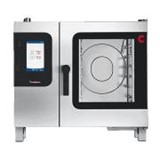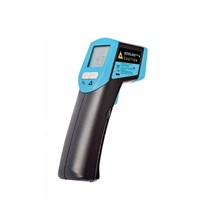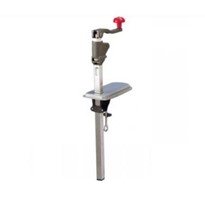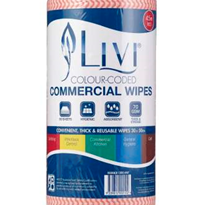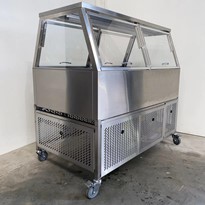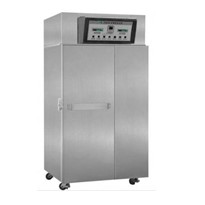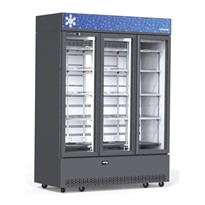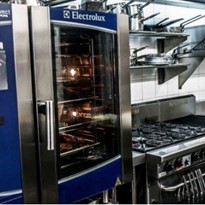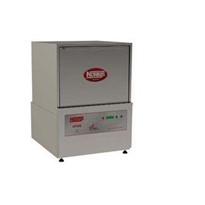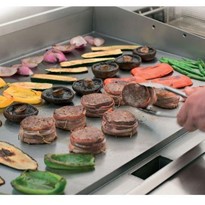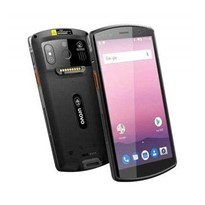Drama on the dock
When infra red thermometers first came onto the market, the way they worked was not widely understood. There were dramas on the receiving dock. The staff receiving the products were checking with infra red thermometers, almost always finding that they were not at the correct temperature.
What happened?
As soon as the product had been brought out of the refrigerated truck or van, the surface quickly warmed up. The milk could be 4EC, but the infra red thermometer reading would show 10EC, because the thermometers only ‘see’ the very surface of the carton. The ice cream containers fared even worse, because there is a layer of air below the lid, so there is nothing to keep the lid cold.
Surface temperature only
First, care must be taken that the surface has the same temperature as the content. The soup must be stirred, the stew in the bain marie turned. Refrigerated product must be tested in the refrigerator or truck, before they are taken out in the sunshine. Ice cream containers are best checked upside down. Meat should be checked between packs.
Temperature of the instrument
Then it is important to know that infra red readings are compared to the temperature of the instrument itself. The accuracy of the New EzyScan Dual is high: ±1.0EC between 0 and 65EC for infra red measurements in ambient temperatures of 20 -26EC. If the EzyScan is too cold it cannot give correct measurements. If it is used for a long time inside a coolroom, a good place to keep it is close to yourself, in your pocket, where it will be kept within the right temperature range. Similarly, if it has been in a hot car, the instrument should be given a chance to cool off, before it is used.
Emissivity
Emissivity of the target being measured can also influence the accuracy of the reading. Most food items can be accurately scanned with the default emissivity setting of .95. Some surfaces may have a different emissivity. If there is frost on the surface or if the packaging is shiny, reflections can disturb the reading. It is possible to change the setting, however, it is recommended only do so, if the temperature of the target is known, and this kind of surface will be scanned in the future.
Swing-out probe
Infra red thermometers often come with a swing-out probe as well. A core temperature reading can complement any surface temperature reading.




